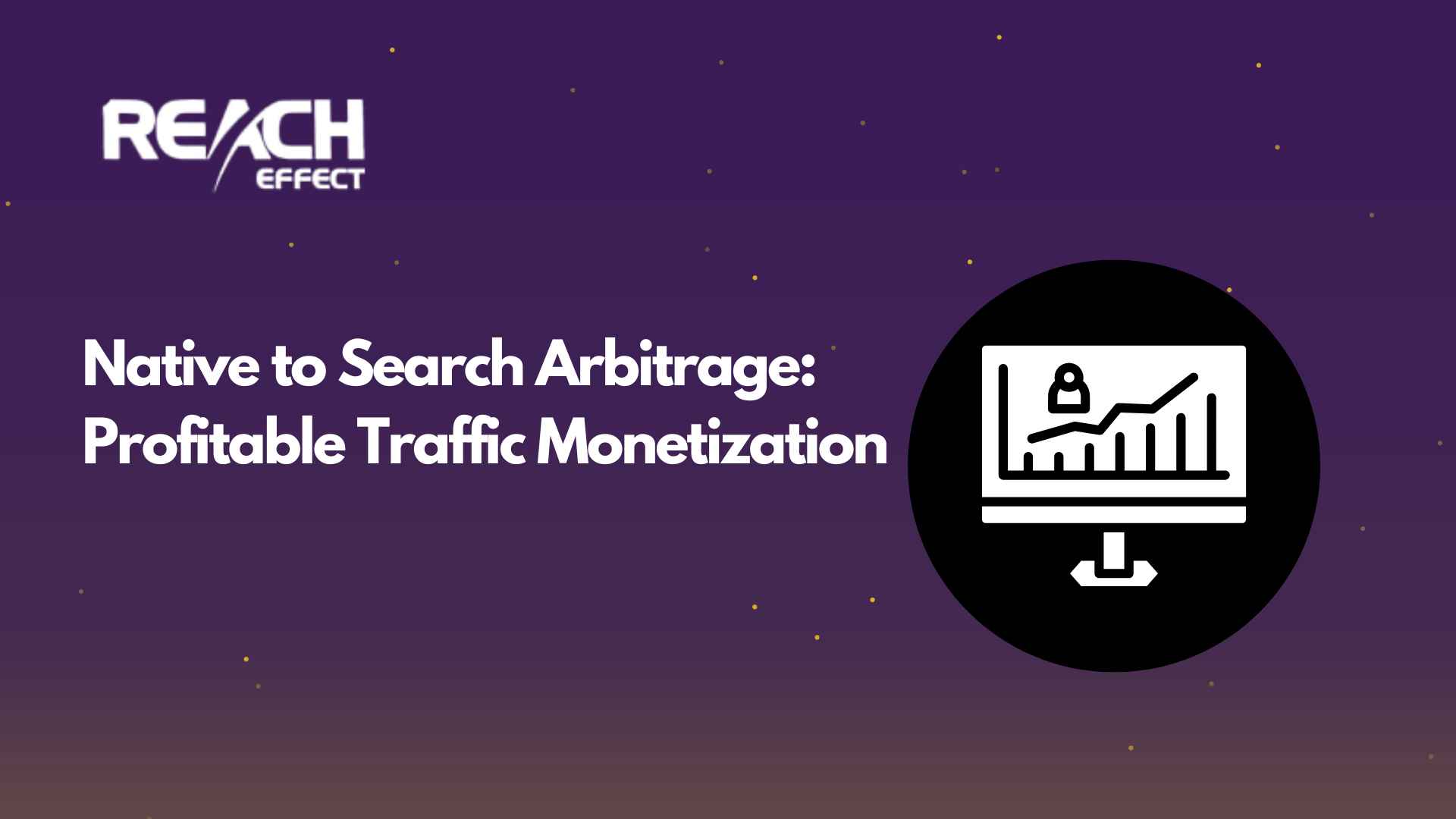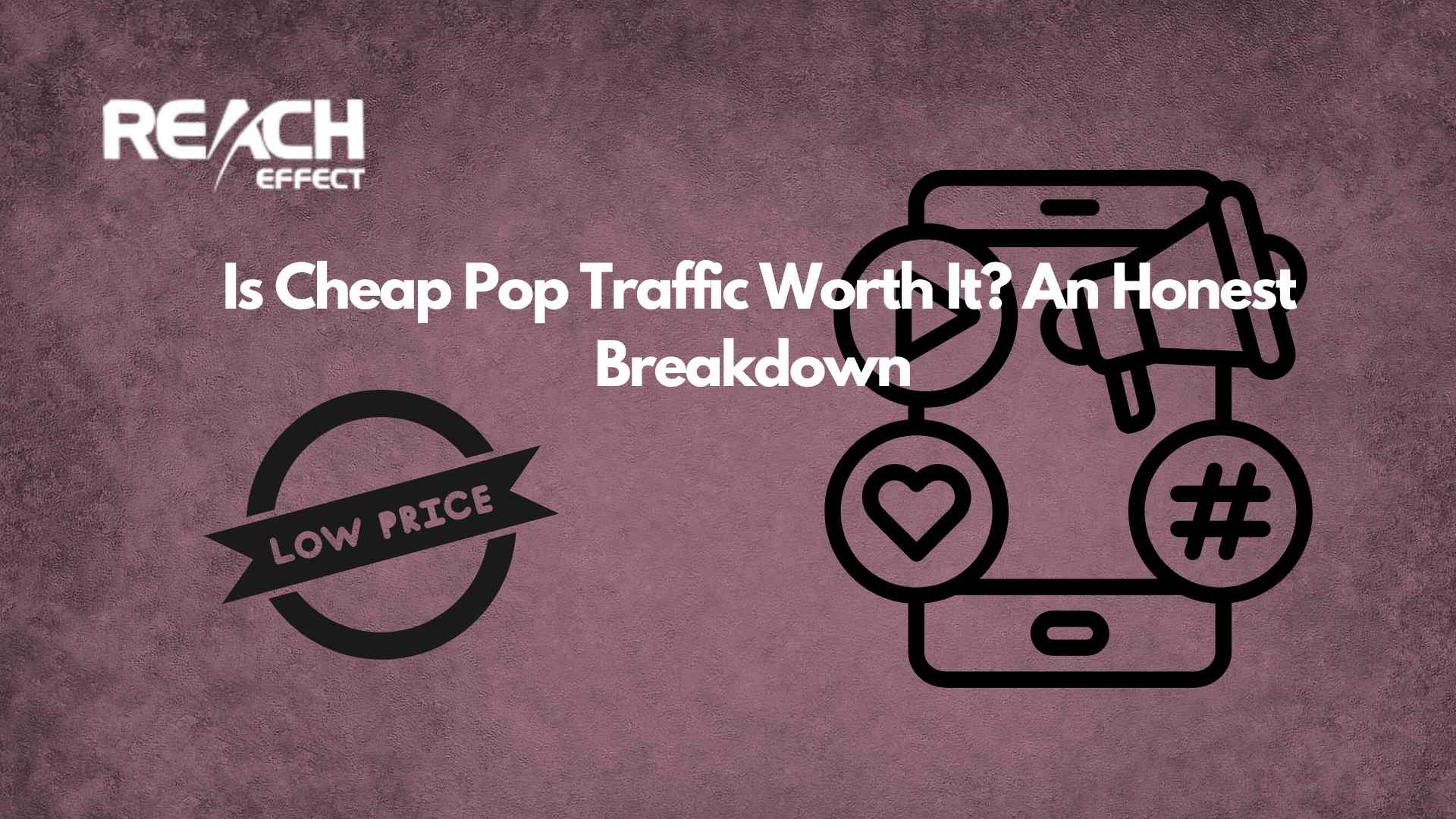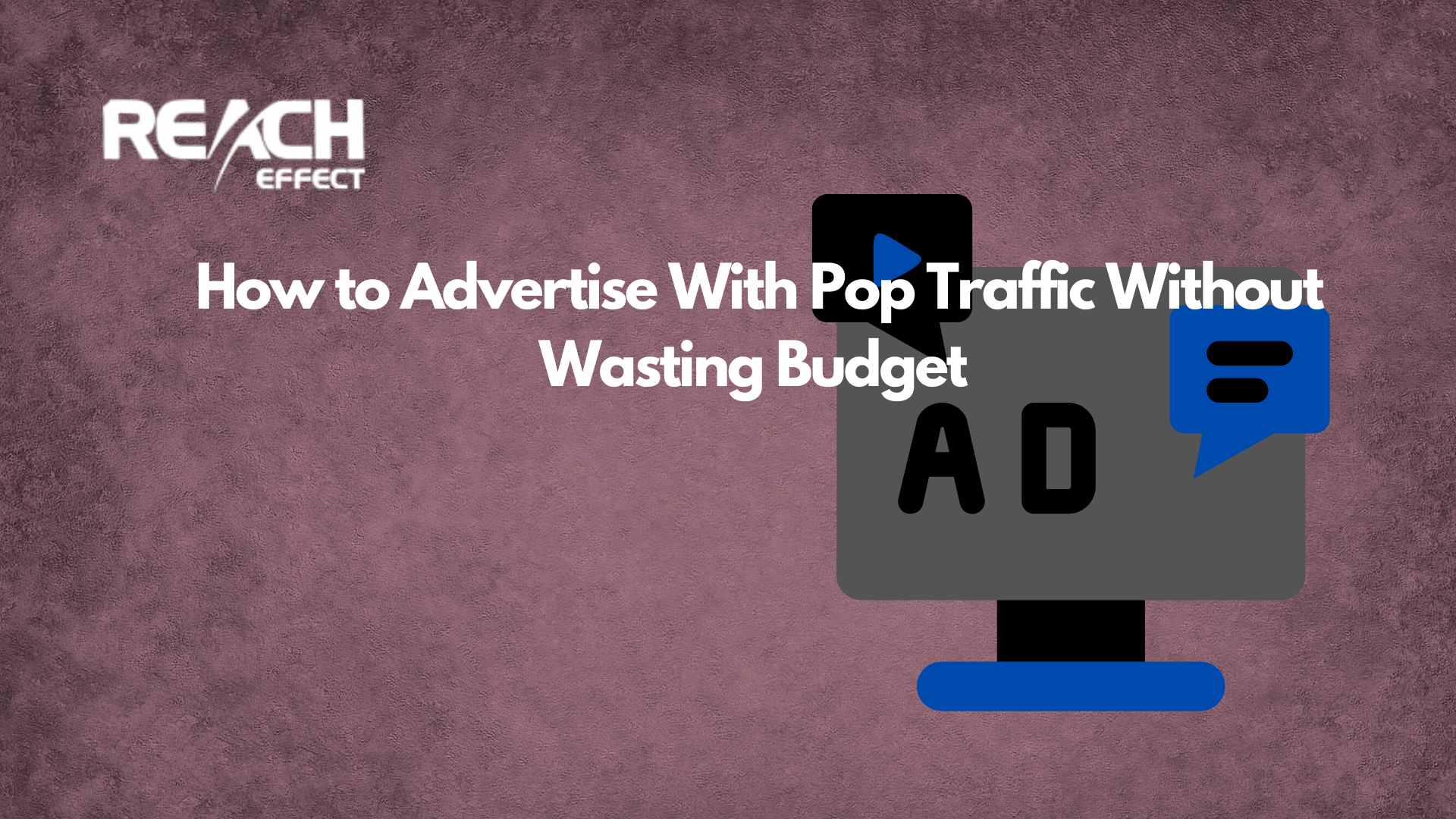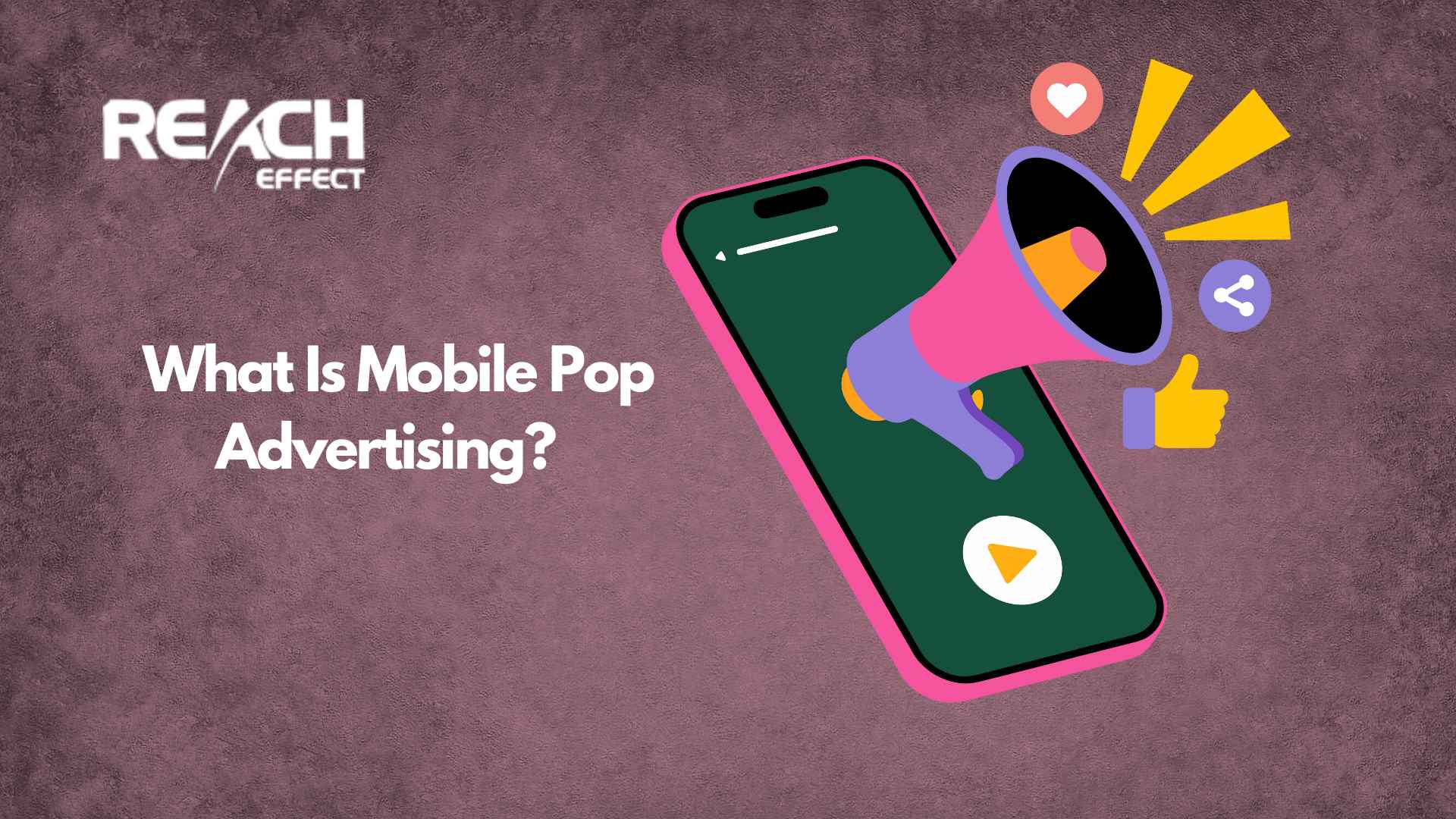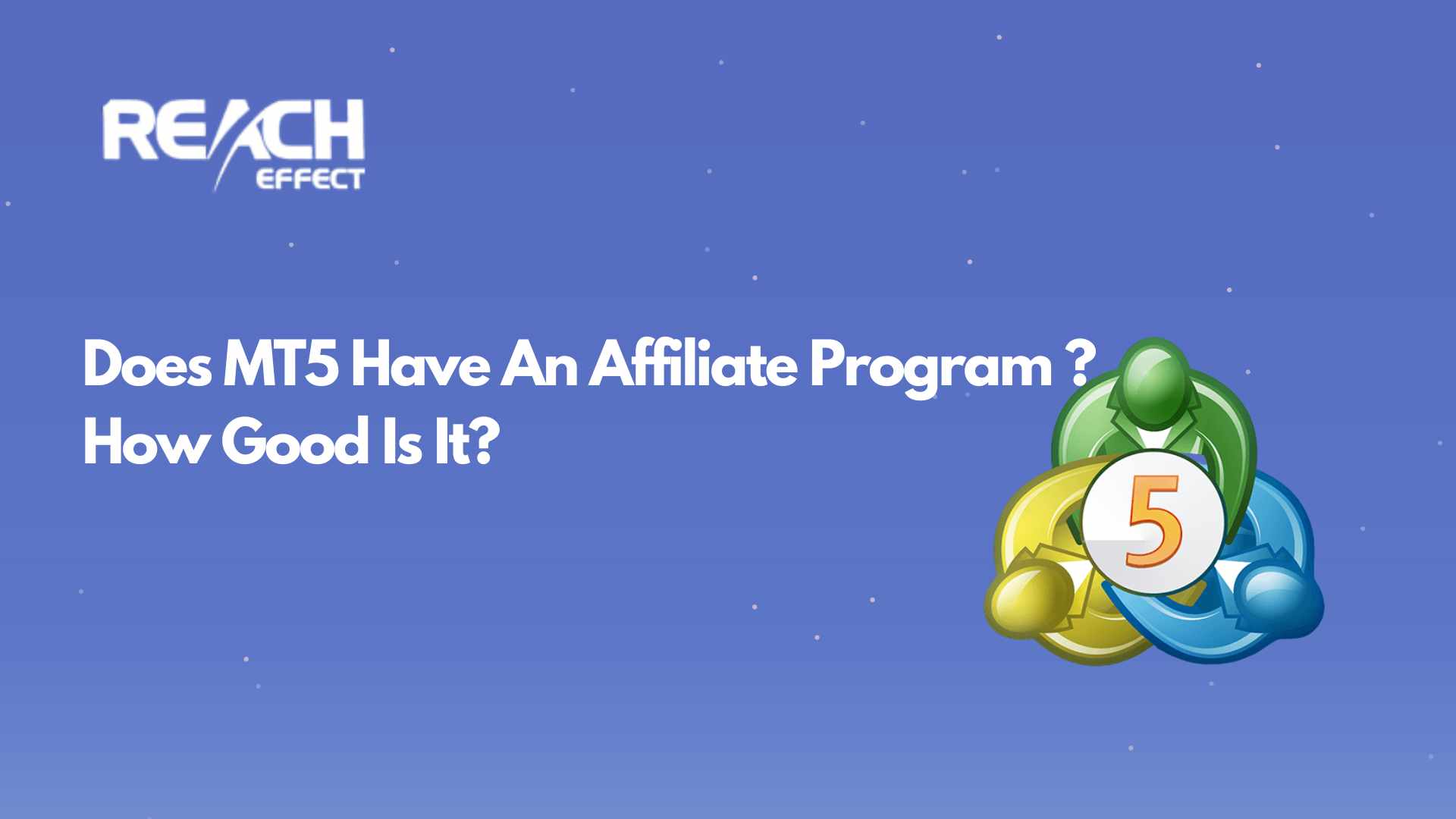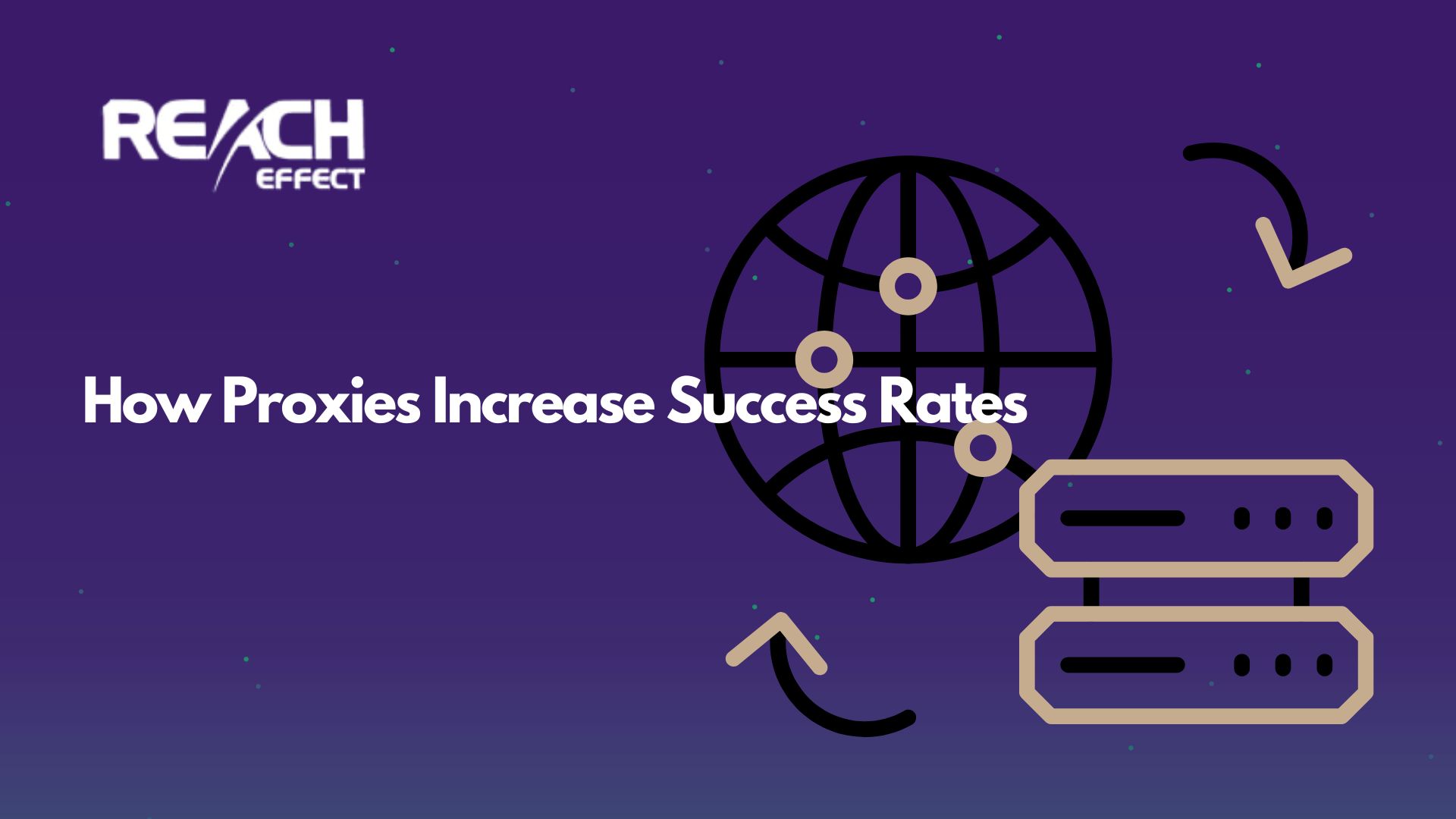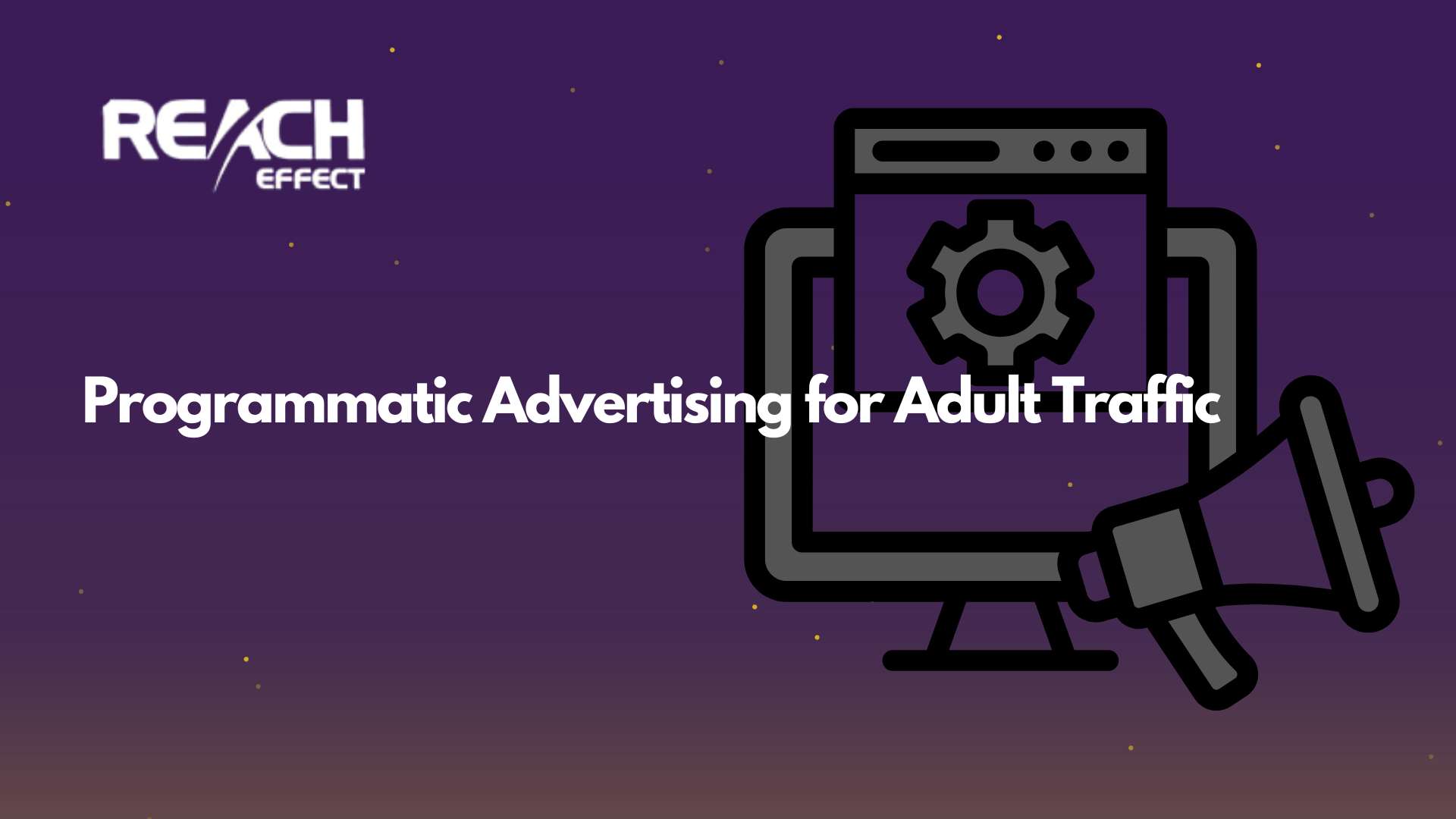If you’re trying to figure out who your customers really are and how to reach them in a way that clicks, you’re in the right place. Customer segmentation tools are your secret weapon for making sense of all that customer data floating around. These tools don’t just organize your audience, they pull info from everywhere, analyze it, and group people based on what they have in common. Think age, location, shopping habits, or even what they’re craving from your business. In this guide, we’ll break down what these tools do, why they’re awesome, and which ones you should check out. Ready to get started? Let’s dive in!
What Are Customer Segmentation Tools?
Picture this: you’ve got a ton of customer data, website visits, purchase histories, social media likes but it’s all a jumbled mess. Customer segmentation tools step in like a super-smart assistant. They grab data from all your channels, crunch the numbers, and sort your customers into neat little groups based on shared traits and behaviors. Maybe it’s “frequent shoppers in Texas” or “newbies who love tech gadgets.” The best part? They do it all automatically, so you can focus on what to do with those insights, not how to get them.
These tools are built to handle massive amounts of info, think demographics, needs, wants, and shopping patterns and turn it into segments you can actually use. Whether you’re running a small shop or a big operation, they make personalization a breeze.
Why You’ll Love Customer Segmentation Tools
Why bother with segmentation? Because it’s a total game-changer. Here’s what it brings to the table:
- Spot-On Targeting: Send the right message to the right people. Choose the right affiliate links for the right audience.
- Happy Customers: When you get what they want, they feel understood and that keeps them coming back.
- Time Saver: Forget manual sorting. These tools do the heavy lifting, leaving you free to brainstorm your next big campaign.
- More Bang for Your Buck: Targeted efforts mean better results more clicks, more conversions, better clickthrough-rate and more wins.
In a nutshell, customer segmentation tools help you know your audience inside and out, without the headache of doing it all by hand.
Top Customer Segmentation Tools to Explore
Alright, let’s talk tools! I’ve rounded up five that nail the definition you gave—pulling data from multiple channels, analyzing it, and creating segments based on traits and behaviors. No email-only platforms here—just the real deal.
1. Google Analytics
You probably know Google Analytics for tracking website traffic, but it’s also a segmentation superstar. It pulls data from your site, where visitors come from, what they click, how long they stay and lets you build custom segments. Want to group users by location, device, or how often they buy? Done. It’s free to start, integrates with tons of platforms, and gives you a solid foundation for understanding your audience.
Example: Segment “mobile users who viewed product pages but didn’t purchase” and target them with a special offer.
2. HubSpot
HubSpot’s a big name in marketing, and its segmentation features are a huge reason why. It grabs data from your website, CRM, and more, then lets you create segments based on things like behavior (say, page views) or demographics (like age or job title). Its dynamic segments update on their own, so your groups are always fresh.
Example: Create a segment of “leads who downloaded your eBook” and follow up with a personalized email series.
3. Salesforce
Salesforce is a CRM powerhouse with segmentation baked right in. It pulls customer data from all over, sales records, support tickets, you name it and analyzes it to build detailed segments. You can group people by purchase history, engagement, or even custom fields you set up yourself. It’s perfect for businesses that need robust, scalable solutions.
Example: Target “high-value customers who haven’t bought in 90 days” with a re-engagement campaign.
4. Segment
Segment’s all about wrangling your customer data into one tidy package. It collects info from your website, apps, and other tools, cleans it up, and lets you create segments based on what matters to you, like shopping habits or sign-up dates. It’s super flexible and plays nice with other platforms.
Example: Build a segment of “users who added items to their cart this week” and nudge them to check out.
5. Amplitude
Amplitude’s a go-to for product analytics, but it’s also killer at segmentation. It tracks what users do—clicks, views, purchases—and lets you group them based on those actions. It’s especially great for digital businesses that want to dig into behavioral patterns.
Example: Segment “users who watched a demo video” and offer them a trial extension.
How to Pick the Perfect Tool for You
With so many options, how do you choose? Here’s a quick checklist:
- Budget: Google Analytics has a free tier, while Salesforce might cost more but offers deeper features. Know what you can spend.
- Needs: Need basic segments? Google Analytics might do. Want CRM integration? Look at Salesforce or HubSpot.
- Ease: If you’re not a tech wizard, HubSpot and Segment are pretty user-friendly.
- Growth: Pick something that can scale as your business grows—don’t box yourself in.
Try a few free trials or demos to see what feels right. You’ve got this!


